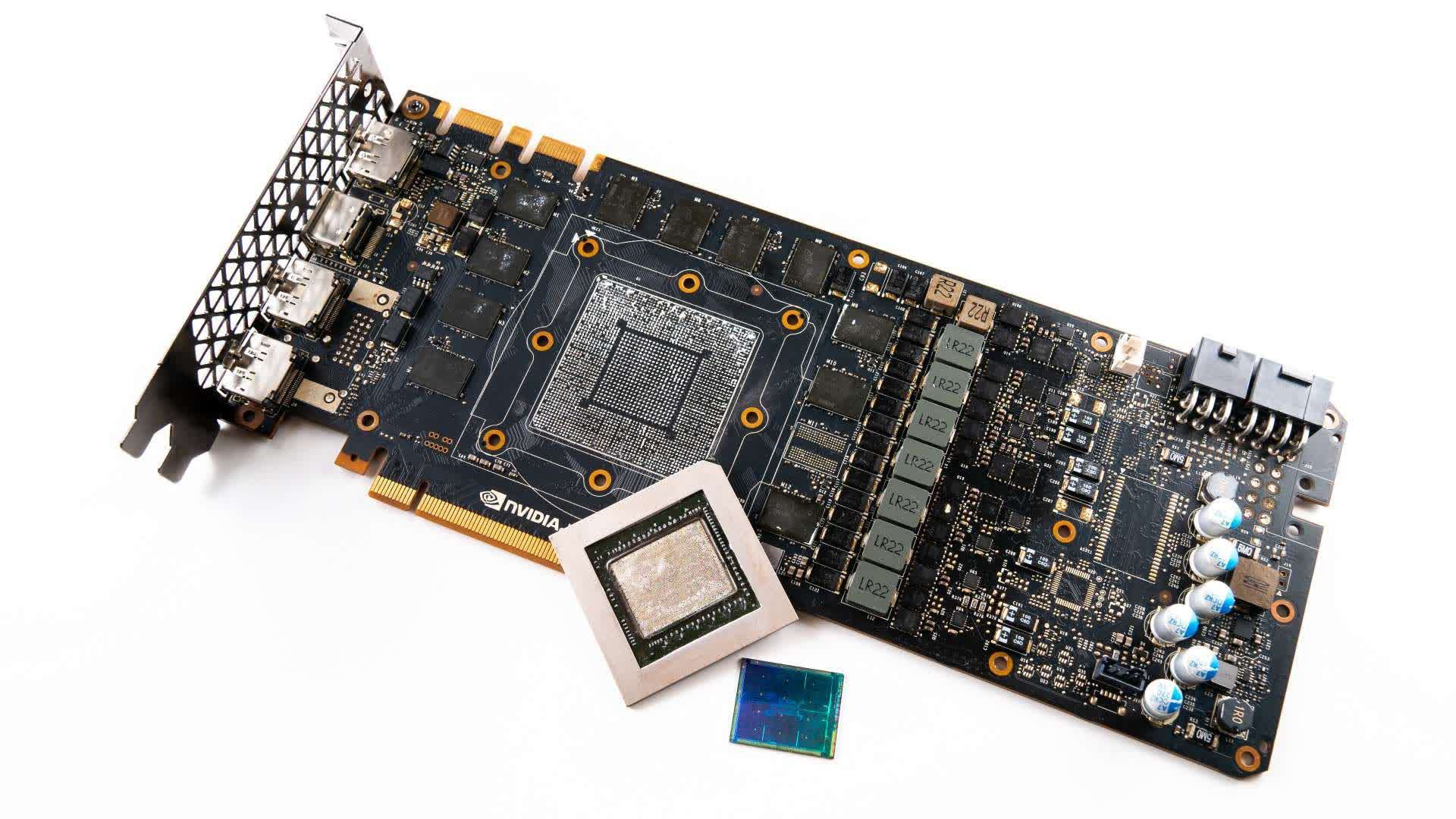Why it matters: China has been quietly developing CPUs and GPUs for years, but it's been trying to accelerate existing projects without much tangible success as of late. Still, now and then, we hear about another small breakthrough made by a Chinese company. Such is the case of Jingjia Micro, which is getting closer to releasing a graphics card that could potentially come close to the performance of a GeForce GTX 1080.
So far, we've seen a lot more action in the CPU space from Chinese companies like Zhaoxin, which are trying to develop x86 processors that can catch up to and eventually compete with those made by Intel and AMD. However, GPUs have not seen nearly the same attention being devoted to them.
One notable exception is Jingjia Micro (also known as Jingjiawei), which started as a military-civilian company developing and manufacturing military-grade electronics. Almost three years ago, the company said it was working on its own discrete high-performance graphics card after successfully launching China's first domestic GPU.
According to a report from MyDrivers, Jingjia Micro is getting ready to launch not one but two graphics cards. The first is an entry-level model called JM9231 that will offer performance around the level of a GeForce GTX 1050 or Radeon RX 560. The second, more ambitious one, is the JM9271, which is supposedly able to keep up with a GeForce GTX 1080 or AMD's RX Vega 64.
| JM9231 | GTX 1050 | JM9271 | GTX 1080 | |
|---|---|---|---|---|
| API Support | OpenGL 4.5, OpenCL 1.2 | OpenGL 4.6, DX12 | OpenGL 4.5, OpenCL 2.0 | OpenGL 4.6, DX12 |
| Boost Clock Rate | > 1,500 MHz | 1,455 MHz | > 1,800 MHz | 1,733 MHz |
| Bus Width | PCIe 3.0 | PCIe 3.0 | PCIe 4.0? | PCIe 3.0 |
| Memory Bandwidth | 256 GB/s | 112 GB/s | 512 GB/s | 320 GB/s |
| Memory Capacity/Type | 8GB GDDR5 | 2GB GDDR5 | 16GB HBM | 8GB GDDR5X |
| Pixel Rate | > 32 GPixel/s | 46.56 GPixel/s | > 128 GPixel/s | 110.9 GPixel/s |
| FP32 Performance | 2 TFLOPs | 1.8 TFLOPs | 8 TFLOPs | 8.9 TFLOPs |
| Output options | HDMI 2.0, DisplayPort 1.3 | HDMI 2.0, DisplayPort 1.4 | HDMI 2.0, DisplayPort 1.3 | HDMI 2.0, DisplayPort 1.4 |
|
Video Encoding |
H.265/4K 60FPS | H.265/4K 60FPS | H.265/4K 60FPS | H.265/4K 60FPS |
| TDP | 150W | 75W | 200W | 180W |
Digging deeper, the JM9231 will integrate 8 GB of GDDR5 memory and offer two teraflops of FP32 performance with a TDP of 150 watts, which would be an impressive feat for the Chinese company. As for the JM9271, it will come with 16 gigabytes of HBM memory and deliver 8 teraflops of compute power at a TDP of 200 watts.
That said, Jingjia Micro explains that it's still in early development stages for the two graphics cards, which still have to go through more testing before the company can begin trial production runs. Efficiency is not a strong point of these, though performance is somewhat promising if they're comparable – at least on paper – to GPUs from several years ago that are still fairly capable in the case of the GTX 1080. There's also no word on DirectX or Vulkan API support, so it's possible the JM9231 and JM9271 cards may never end up in a gaming PC.
Overall, it doesn't look like China has made strides on this front yet despite pouring billions into subsidies for its semiconductor industry. Just as we've seen with the country's CPU efforts, progress is slow, and few companies have the engineering know-how to pursue such projects.
The only other prominent companies known to be working on GPUs are Huawei's HiSilicon subsidiary and Tianshu Zhixin Semiconductor, which are both working on GPGPUs for the Asian server market.
